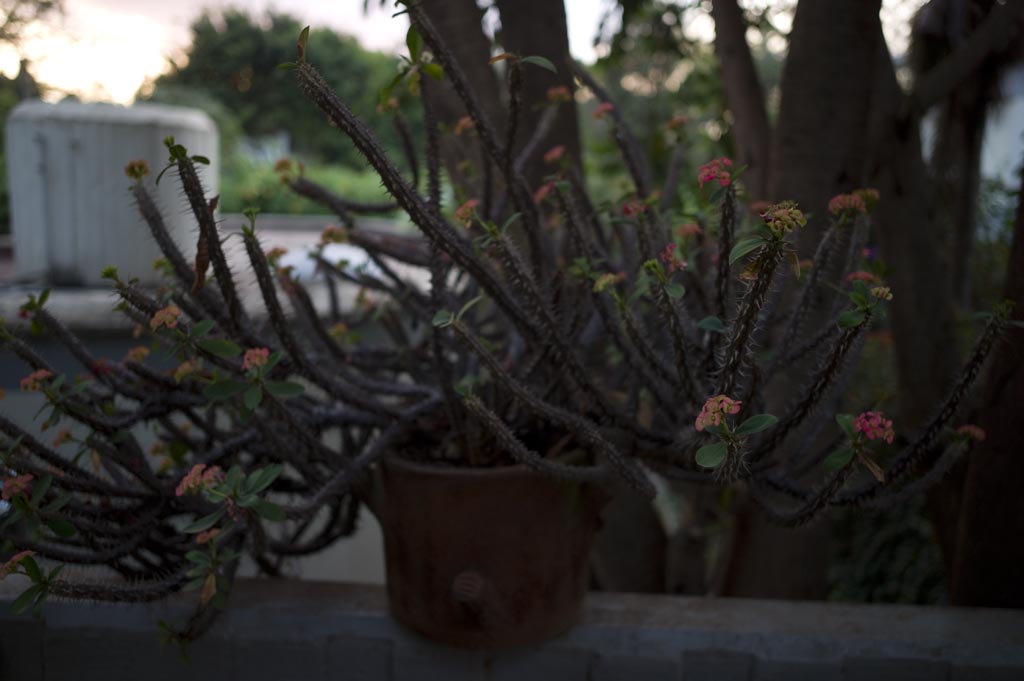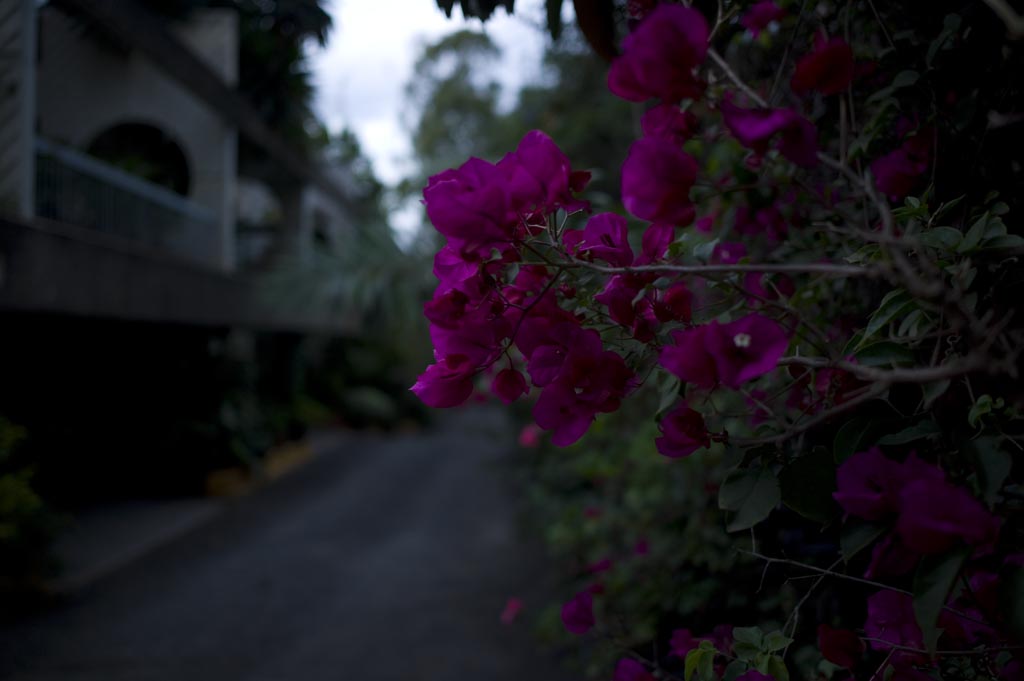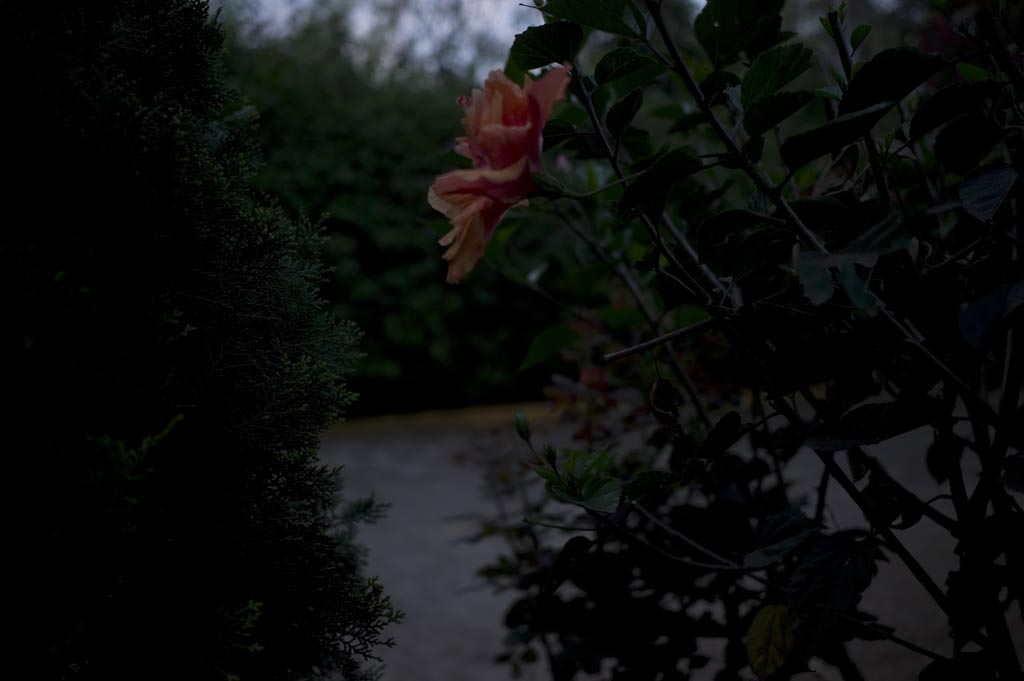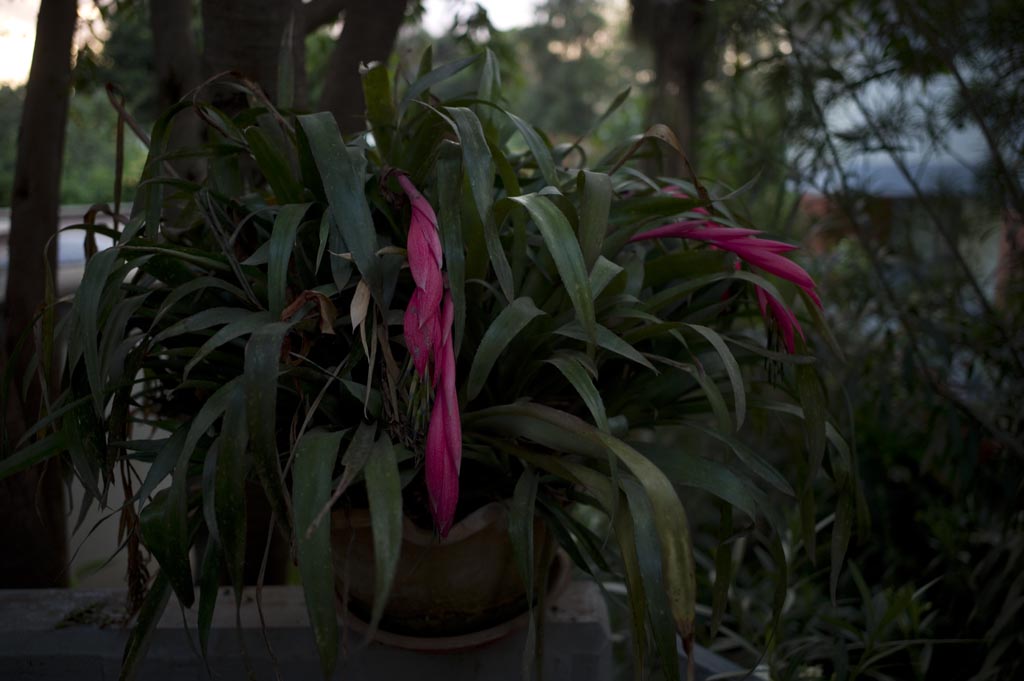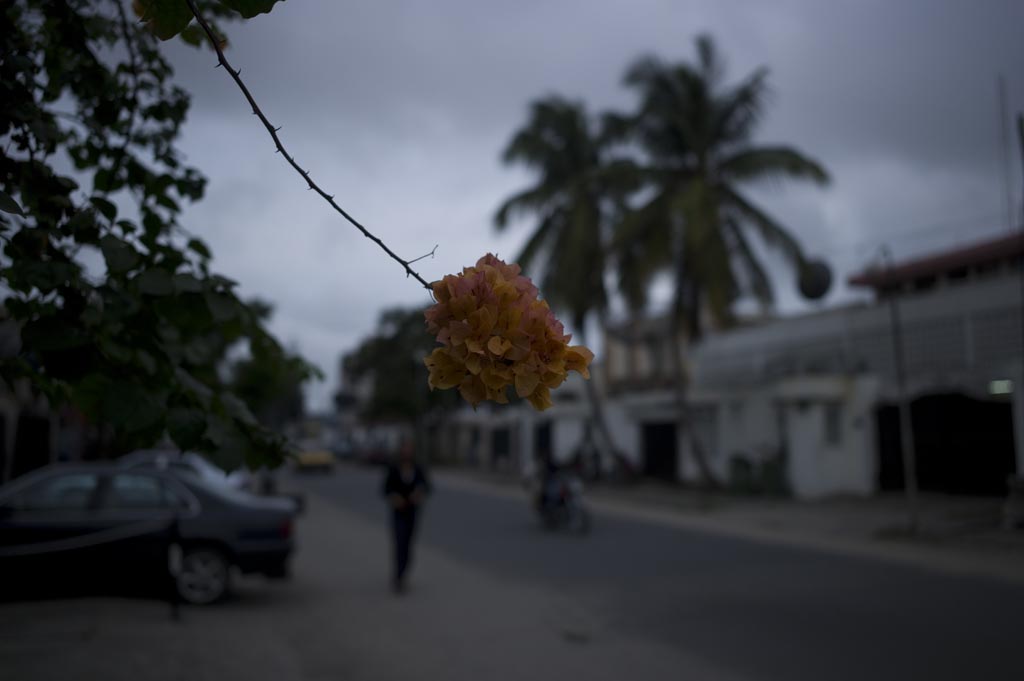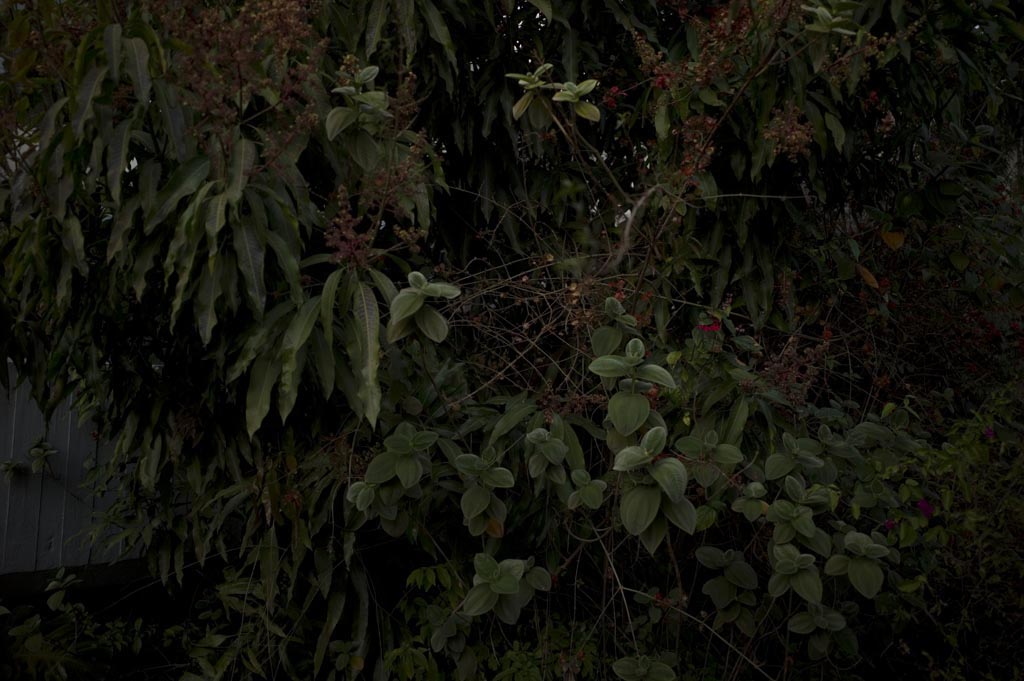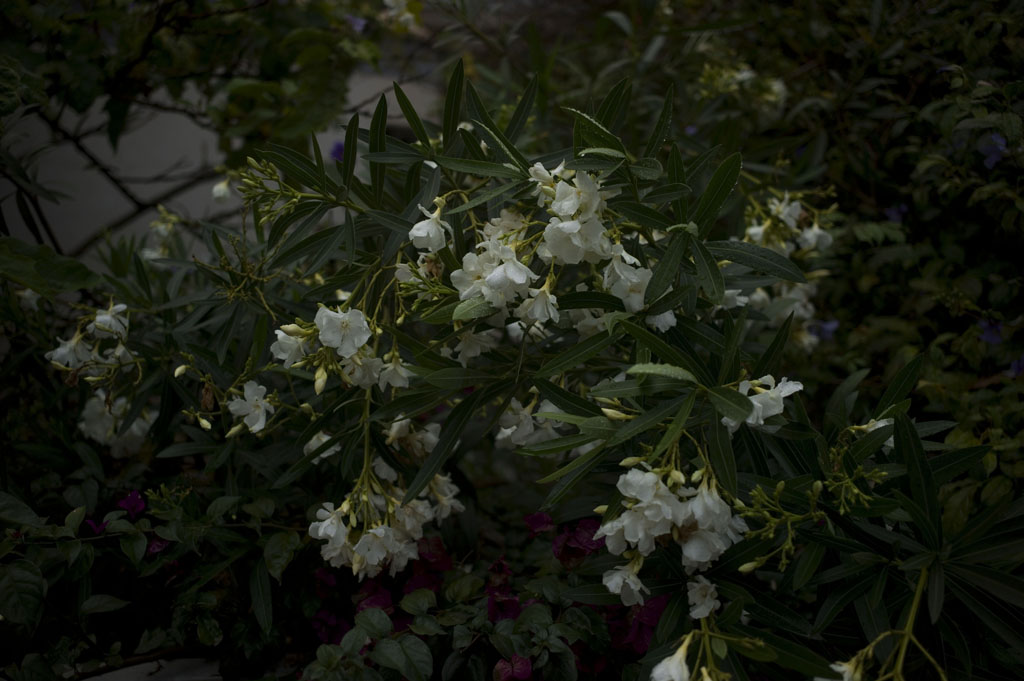2
Flowers are given as offering to divinity, especially in Buddhism. A visitor of the temple buys flowers at the entrance. He is then given a small tray that he will return to the merchant on his way out; he tends the flowers to the Buddha inside the temple and places the flowers on a table, the table of offerings. These flowers are always cut flush with the sepals (in contrast to the stems of a bouquet that lay lengthily and are therefore unattractive). Thematically, this is the very opposite of offerings: blood, fat, i.e. victim. Rather, the presenting of flowers conjures a religion without a victim, and strictly speaking, it can thusly not be a religion but only a ritual that stems from elsewhere, but where? Indeed, in ancient religions, in Judaism and even Christianity the offering is of the living flesh (la vie carnée: "This is my blood, my body," etc…).
3
The gathered flowers become an object embedded in a symbolic order. This gathering opens up a classic paradigm of scarcity / abundance. On the one hand, the profuse, abundant and overflowing bouquet. The sheaf connoting with expenditure, the Feast, the Potlatch. On the other hand, the unusual and elliptic bouquet that recalls a mythology of the gift of children, the small bouquet of violets - as a symbolic gesture coded as humility and discretion - and especially the bouquet in Zen, namely the ikebana: a rarity animated by a whole complex of symbolism. Etymologically, "bouquet" (bosquet, a grove) indicates the composite and the few. Here are, in fact, two contrary themes of essence: the essence of the fullness, the infinite, the inexhaustible in contrast to the essence represented by the rare, the thin, reduced to the essential thinness of things.
1
In Xenophon's The Economist, gardens are described as paradises. In Greek, Hoi paradesoi means "the parks", "the paradise". In Avestan, pairidaeza indicates the large oriental gardens of the Persian king. Undoubtedly, representing a climatic optimum, "paradise" originated in warm regions and its image contrasts with the extremities of climates. The garden is then an un-natural luxury, a privilege of the Lord and an object of enjoyment of high class. Flowers are the very being of luxury, of a supplement: that what is beyond or below the useful fruit. A flower can only be taken within an economy of luxury, however modest.
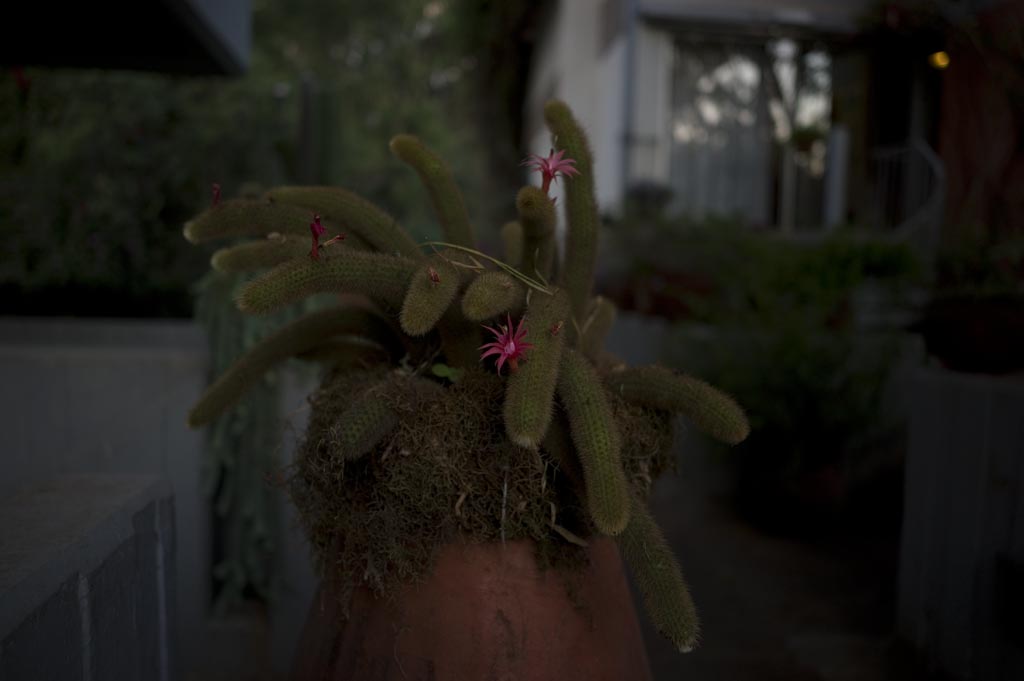
4
Isn't a flower an actual colour? A colour, however, is something that would be of the order of the impulse, of the drive. The flower is an offering or a civilised figuration of the drive: a sensitive, fragile and perishable impulse. The meaning of the flower may reach us from its uselessness as a thing - in contrast to a fruit. The essence of the flower may also stem from its rarity (according to the climatic conditions), and as something colourful and therefore instinctual.
5
Existence alludes to this supplemental aspect. In Latin, existere/exsistere would mean to "stand forth, appear," and, as a secondary meaning, to "exist, be;" from ex- "forth" + sistere "cause to stand" as in to "assist". Perhaps existence is thusly an event despite of itself. Not only is "Life" but also existence all together a generosity; an event opposed to "economic" obligations, an instance given with no eye to what will be partitioned in return. It is an asymmetry that involves a loss that does not incur a debt on the benefactor, and so does not open up a circle of reciprocal obligations: "if the figure of the circle is essential to economics, the gift must remain uneconomic". A flower doesn't make sense.
